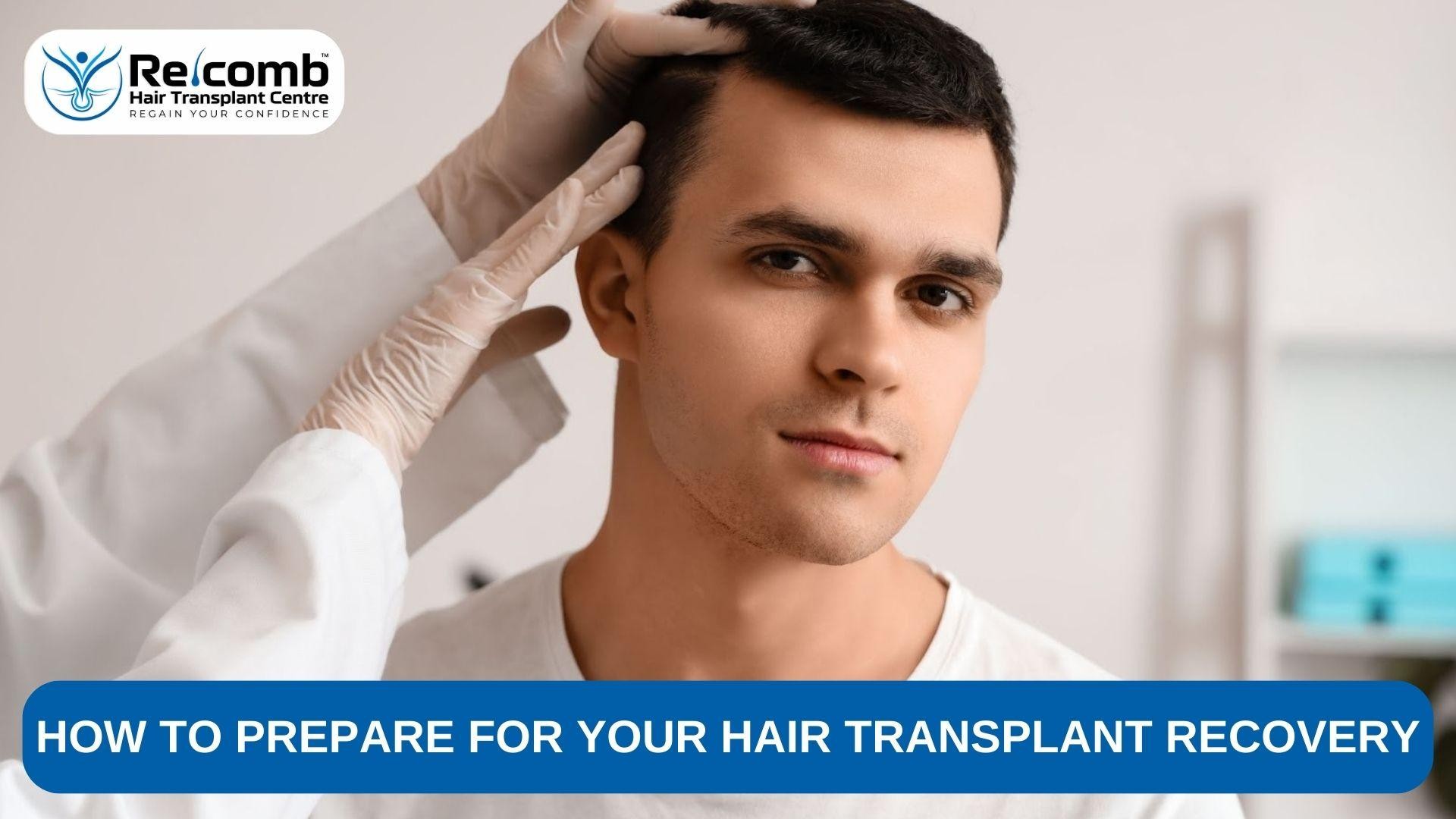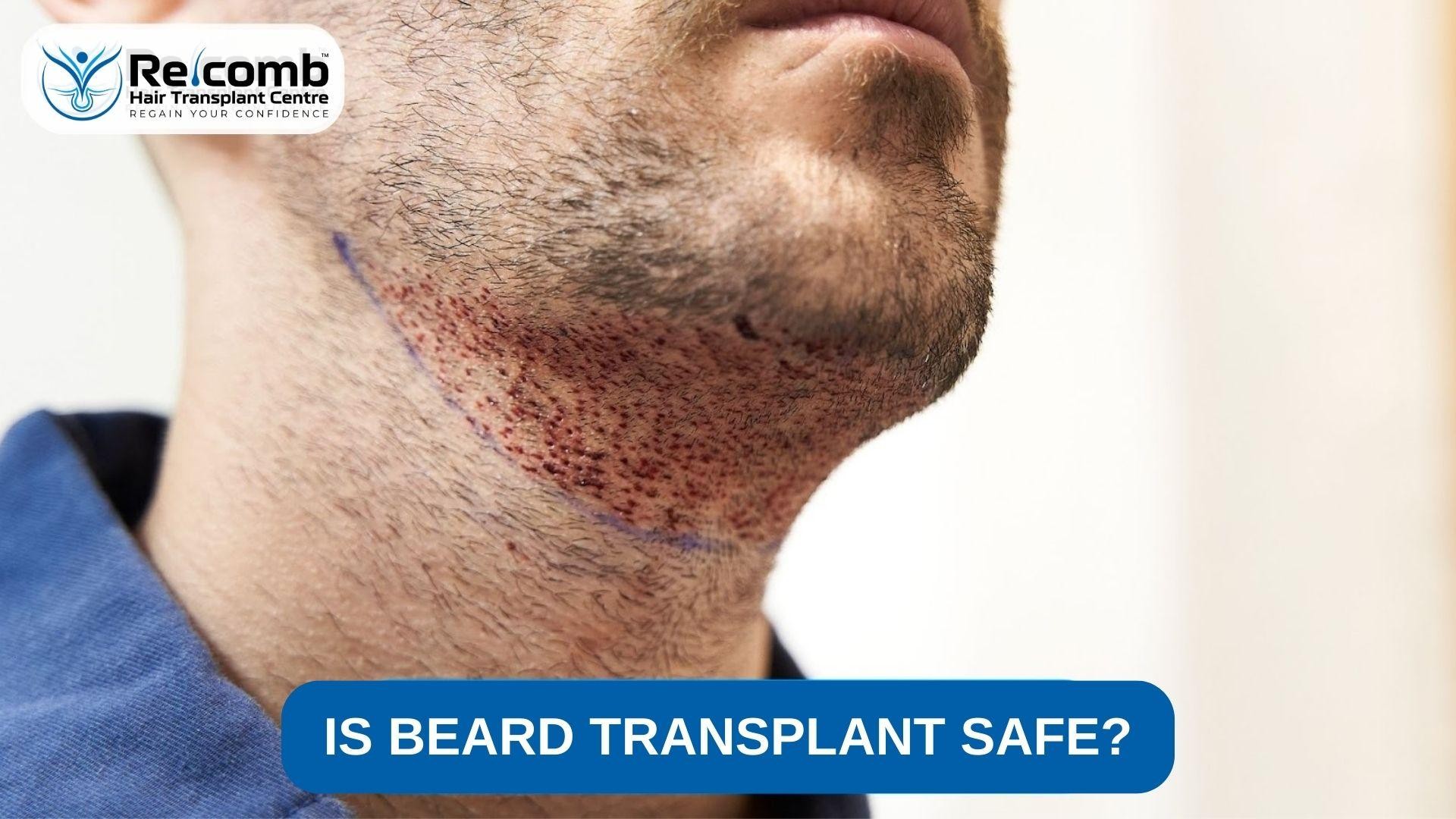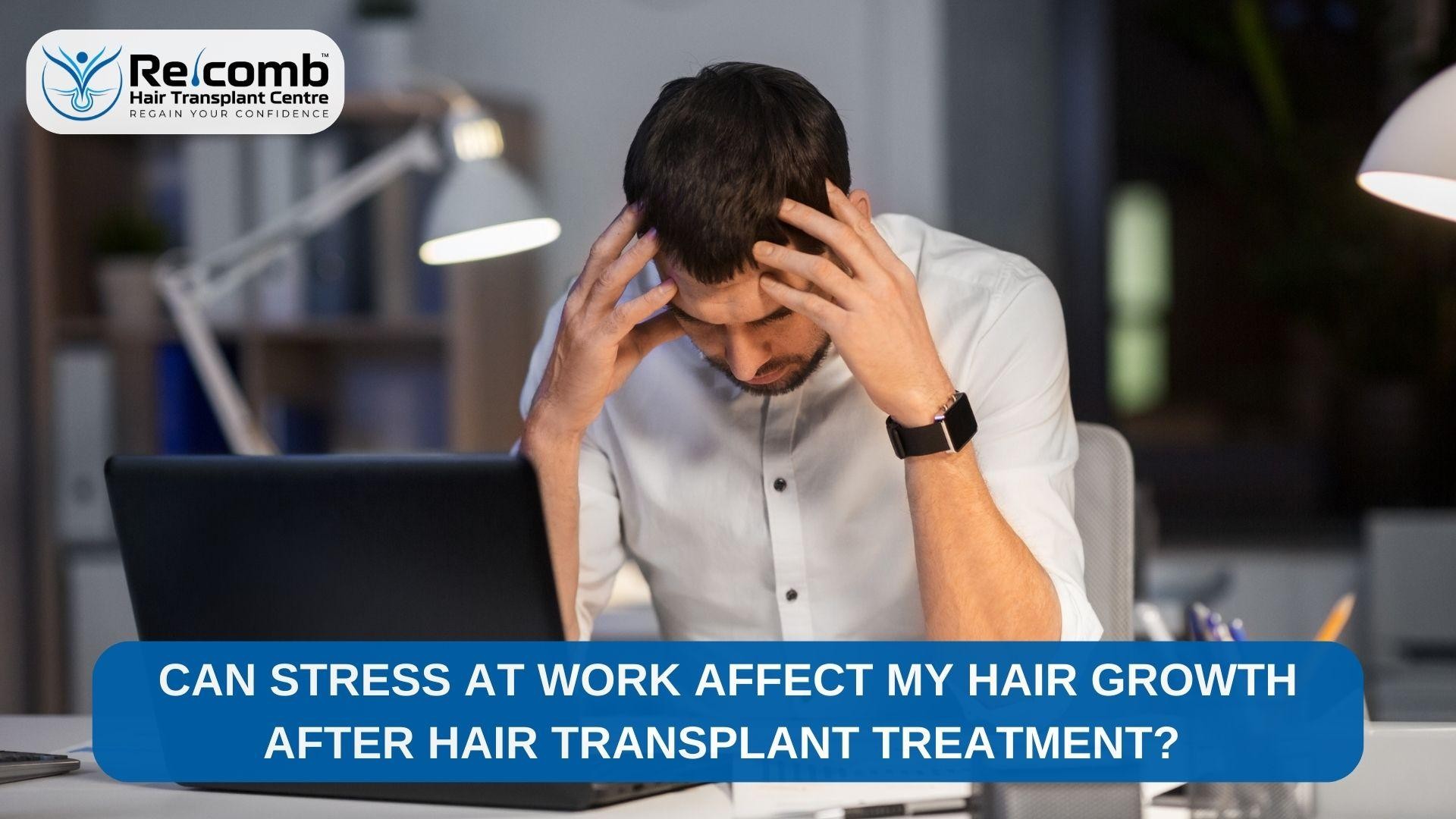
Undergoing a hair transplant, from one of the best hair transplant centres in Surat, like Recomb Hair Transplant Centre can be a transformative experience, offering a permanent solution to hair loss and boosting your confidence. However, the success of your transplant doesn’t just depend on the procedure itself—how you prepare for recovery plays a crucial role. A smooth recovery ensures optimal results and reduces the risk of complications. Here’s how to get ready for your hair transplant recovery and set yourself up for the best outcome.
Understand the Recovery Timeline
Before the procedure, familiarize yourself with what the recovery process will look like. Generally, it takes several weeks for your scalp to heal and for the newly transplanted hair to start growing naturally. Here’s a general breakdown:
- First 1-3 days: You may experience swelling, redness, and mild discomfort. Your surgeon will likely provide pain medication to manage this.
- First week: Small scabs will form around the transplanted follicles. It’s essential not to pick at them, as this could dislodge the grafts.
- 2-4 weeks: The transplanted hair may start to shed—this is a normal part of the process and a sign that the follicles are adjusting.
- 3-6 months: New hair growth typically begins, though it will appear thin at first.
- 6-12 months: Your transplanted hair will thicken, providing fuller results.
Follow Pre-Surgery Instructions
As suggested by our experts at Recomb Hair Transplant Centre, considered as some of the best hair transplant doctors in Surat, proper preparation begins before the procedure. Follow your surgeon’s pre-surgery instructions to minimize complications:
- Avoid smoking and alcohol: Both can impair circulation and hinder the healing process.
- Stop certain medications: Blood thinners, anti-inflammatory drugs, and some supplements can increase bleeding risk. Your surgeon will provide specific guidance.
- Stay hydrated: Drinking plenty of water supports your body’s healing processes.
- Get a good night’s sleep: A well-rested body is better prepared for surgery and recovery.
Create a Comfortable Recovery Space
Before your procedure, set up a comfortable recovery area at home. You’ll need a quiet space where you can relax without disturbances. Essentials include:
- Soft pillows: To keep your head elevated and minimize swelling.
- Entertainment: Books, podcasts, or streaming services to help pass the time.
- Necessary medications: Have pain relievers and antibiotics on hand, as prescribed.
- Easy access to water and snacks: Staying nourished and hydrated supports recovery.
Post-Procedure Care Tips
Your surgeon will give you detailed aftercare instructions, but some general guidelines include:
- Keep your scalp clean: Gently wash your scalp according to your doctor’s directions. Avoid harsh rubbing or using strong shampoos.
- Avoid touching or scratching: It might be tempting to touch the transplanted area, especially as it heals, but doing so could damage the grafts.
- Sleep with your head elevated: For the first few nights, use extra pillows to reduce swelling.
- Limit physical activity: Avoid strenuous exercise for at least a week, as increased blood pressure could disrupt the grafts.
Watch for Signs of Complications
While complications are rare, it’s essential to be vigilant during your recovery. Contact your surgeon if you experience:
- Excessive bleeding
- Severe pain that doesn’t respond to medication
- Signs of infection, such as pus, fever, or increased redness
- Swelling that worsens instead of improving
Early intervention can prevent more severe issues and protect your transplant results.
Be Patient with the Results
Even the best hair loss treatments in Surat are not an instant fix. It can take several months to see significant growth and up to a year for full results. Patience is key during this process. Avoid comparing your progress to others, as hair growth varies from person to person.
Maintain a Healthy Lifestyle
Hair Transplant surgeons in Surat suggest the following habits that promote healthy hair growth:
- Eat a balanced diet: Foods rich in vitamins A, C, D, and E, as well as zinc and iron, can encourage hair growth.
- Stay hydrated: Proper hydration supports cell function and healing.
- Exercise regularly: Light exercise after the initial recovery period can improve circulation and overall health.
Attend Follow-Up Appointments
Your surgeon will schedule follow-up appointments to monitor your progress. Attending these check-ins allows for early detection of any potential issues and ensures your healing process is on track. Don’t hesitate to ask questions or share concerns during these visits.
The Bottom Line
Proper preparation is essential for a smooth and successful hair transplant recovery. By following your surgeon’s instructions, creating a comfortable healing space, and maintaining healthy habits, you can support your body through the recovery process and maximize your results. Remember, patience and consistency are key—in time, your efforts will pay off, revealing the fuller, healthier hair you’ve been waiting for.






